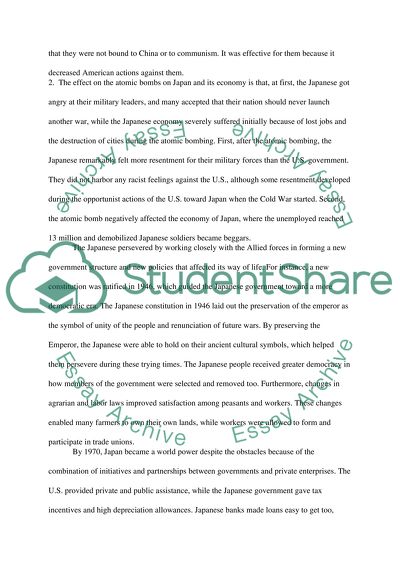Cite this document
(Effects of the Model Minority on Asian Americans Assignment, n.d.)
Effects of the Model Minority on Asian Americans Assignment. Retrieved from https://studentshare.org/social-science/1487868-m-essay
Effects of the Model Minority on Asian Americans Assignment. Retrieved from https://studentshare.org/social-science/1487868-m-essay
(Effects of the Model Minority on Asian Americans Assignment)
Effects of the Model Minority on Asian Americans Assignment. https://studentshare.org/social-science/1487868-m-essay.
Effects of the Model Minority on Asian Americans Assignment. https://studentshare.org/social-science/1487868-m-essay.
“Effects of the Model Minority on Asian Americans Assignment”, n.d. https://studentshare.org/social-science/1487868-m-essay.


